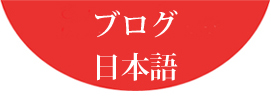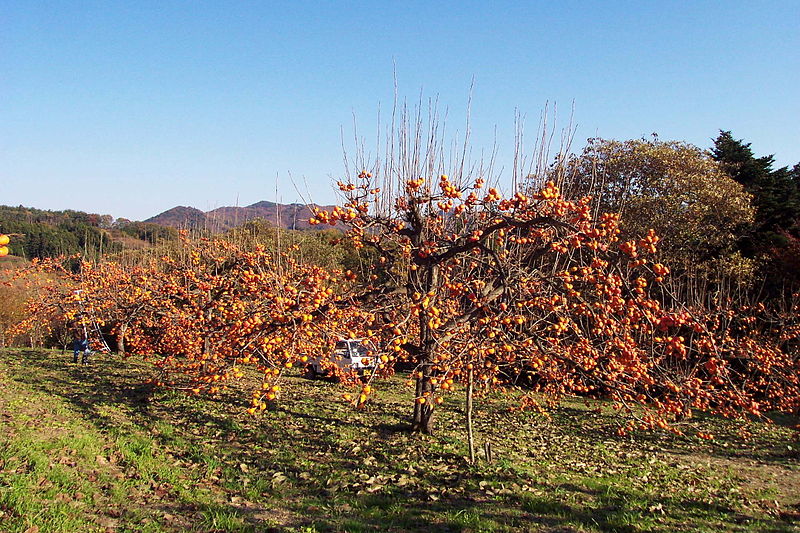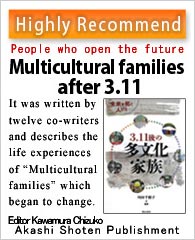Fukushima Prefecture
Update at: 1/26/12
Hometown dishes
A local Fukushima Prefecture cuisine has a very unique taste depends on the climate, geography and characteristics of the region and its ethnic differences. The recipes of Hometown taste they use, have been passed down from generation to generation within a region.
I picked up some of seasonally dishes that originally made in Fukushima prefecture as a traditional cuisine.
■ Anpo Japanese persimmon (semi-dried persimmon)
Anpo-persimmons are richly cultivated in the Date city, Fukushima prefecture and it` s a famous in Japan. Originally, this area (Date city) had been known as one of the best seri-cultural centers in Japan since the end of the Tokugawa period.
It was the famous for silkworms and value of silkworm egg sheet production throughout Japan.
Since the sericulture has declined in Taisho period, it has been changed into a new agriculture industry. As a result of this agriculture industry, the “Anpo-persimmon” was cultivated first time and the cultivation has increased till today.
Main raw materials are used the astringent persimmon fruits such as Hachiya and Hiratanenashi persimmons. Persimmons are avialable from November through to February and it is the best time for shipment.
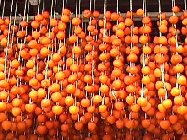
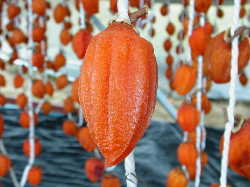
Anpo-persimmon is one of the dried fruits but it is a little different than completely dried fruits. The characteristic of this semi-dried persimmon is soft-ripe and a luscious mild sweetness. A persimmon you can just eat and it can also be mixed with other fruits to create a fruit salad. There are many ways how to eat persimmons.
■ Cuttlefish with carrot
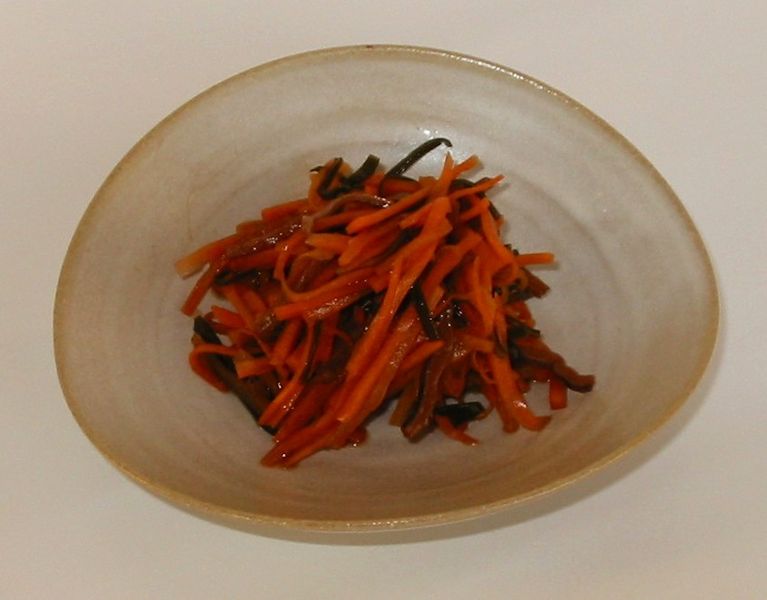
It is a simple home dish made from carrot and dried squid in thin strips.
In the early days, people eat it only in the colder season and it was like a winter seasonal food. But now, people eat it as common home dish during all seasons of the year.
Every family has its own way to make favorite taste and it became a very popular dish in local food like a salad or Japanese pickled vegetables.
■ Usukawa-manju ( A traditional Japanese sweet bun)
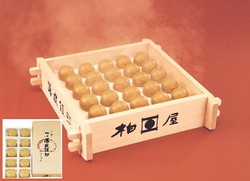 In 1852, Traditional Japanese Confectionery for Usukawa-manju opened at Koriyama city, Fukushima prefecture. Usukawa-manju has been produced for over 150 years and it is the most famous traditional sweet bun throughout Japan.
In 1852, Traditional Japanese Confectionery for Usukawa-manju opened at Koriyama city, Fukushima prefecture. Usukawa-manju has been produced for over 150 years and it is the most famous traditional sweet bun throughout Japan.
It used Azuki bean paste and richly wrapped by moist thin dough using brown sugar. Comparing with other sweet buns it has much bean paste inside of it.
It is the one of favorite sweet thing for people who loved sweet buns.
- Related:
Topic guide
-
2013年6月16日(日)に福島県いわき市で開催された "いわきゴミ拾い駅伝2013”の動画をアップしました。 いわき地区...
-
The First、Iwaki Cleanup Ekiden (Relay) 2013
11 teams of 39 runners removed 100 kg garbage Ekiden, an ancient Japanese word ...
-
It is a relay race that takes place on the stage to pick up trash Iwaki City, ...
-
日に日に季節の移ろいが感じられて来ました。涼しさも増してきましたね。 いわき市でも徐々に秋の気配が近づいて来ているようです。 7月中旬から「いわきラ...
-
2012年9月5日、福島県いわき市にて農林水産省立ち合いのもと、機能水を使った放射能除染実験を行いました。 ”ふくしま国際メディア村・いわき本...
-
残暑厳しい日が続いていますが、9月に入り夜になると鈴虫の声が聴こえるように なりました。皆様いかがお過ごしでしょうか? 「いわきラボ」へ還元水を汲みに来られ...
-
7月中旬から3ヶ月間にかけて「いわきラボ」では、還元水の 無料提供を行っています。 この還元水はアトピーや皮膚炎に悩む方も生活に取り入れており、 お水...
-
在日外国人が語る3.11震災体験 震災があった日、日本にいた外国人はどう感じたか。 今回は日本の大学に通うインドネシア/ジャカルタ出身のカリナさんにお話しを...


